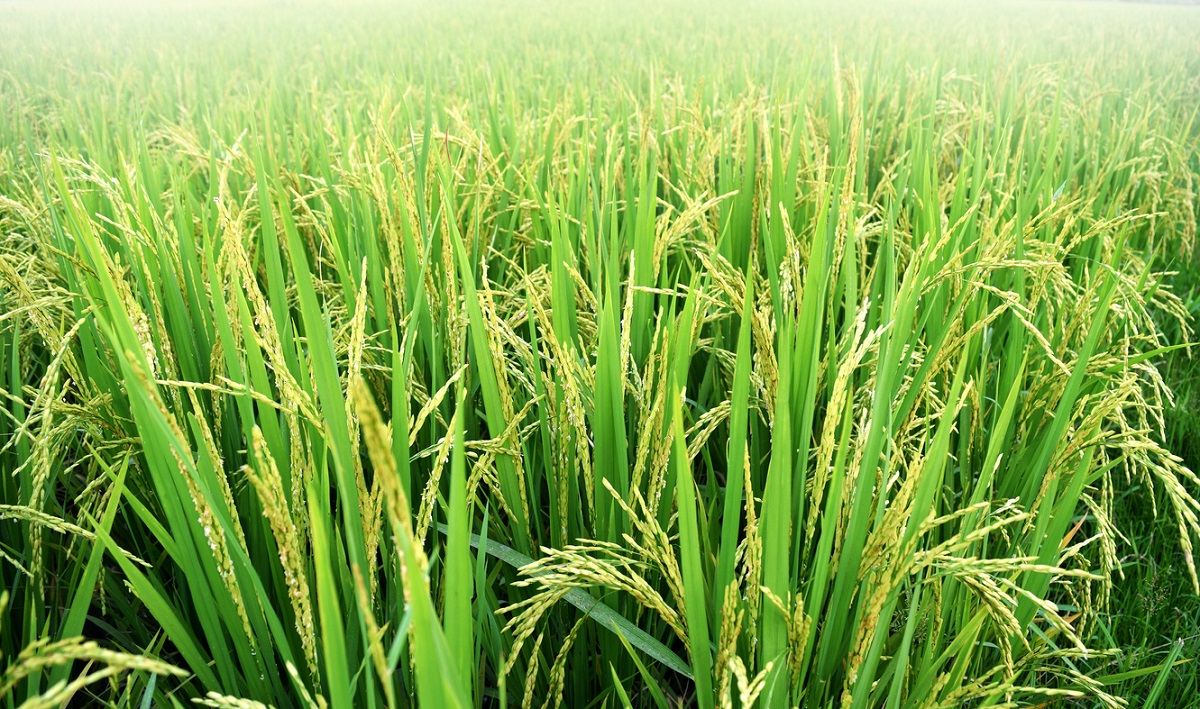
BLB-resistant Vietnamese Rice Developed Using CRISPR-Cas9
September 15, 2021| |
Vietnamese scientists were able to bring forward transgenic lines of an elite Vietnamese rice variety that exhibited resistance against bacterial leaf blight (BLB) disease using CRISPR-Cas9. Their work supports the potential diversity of Transcription-Activator-Like Effectors (TALEs) in Vietnamese Xanthomonas oryzae pv. Oryzae (Xoo) population, the causal agent of BLB.
The scientists used the TBR225 rice variety, a popular Vietnamese rice that is, unfortunately, highly susceptible to BLB that leads to high yield loss. Their research aimed to introduce BLB resistance to the TBR225 variety by focusing on the OsSWEET14 gene that belongs to a gene family that encodes sugar transporters. This gene behaves as a susceptibility gene to BLB with other Clade III members when induced by Asian Xoo TALEs which is necessary for the disease.
The researchers produced nine TBR225 mutant lines whose OsSWEET14 promoter had mutations in its TaIF TALEs DNA target sequences. This was obtained using CRISPR-Cas9. T0 and T1 generations were shown to have stably inherited the mutation. The T2 generation was compared with the wild TBR225 type and was found not to be significantly different in terms of agronomic traits. Moreover, one of the T2 lines displayed decreased OsSWEET14 expression and significantly reduced susceptibility to one Vietnamese Xoo strain and complete resistance to another Xoo strain. Their research shows that CRISPR-Cas9 editing can be used to develop improved BLB resistance to a commercial Vietnamese rice variety.
Learn more about the details of the study by reading the full paper in PLOS.
| |
You might also like:
- Researchers Report Resequenced Vietnamese Rice Genome
- Experts Highlight Impacts of Agri-biotech Adoption in Vietnam
- Biotech Maize Area in Vietnam Expands to 92,000 Hectares
Biotech Updates is a weekly newsletter of ISAAA, a not-for-profit organization. It is distributed for free to over 22,000 subscribers worldwide to inform them about the key developments in biosciences, especially in biotechnology. Your support will help us in our mission to feed the world with knowledge. You can help by donating as little as $10.
-
See more articles:
-
News from Around the World
- Researchers Sequence Shea Tree Genome to Support Breeding, Conservation Efforts
- Asian Regional Workshop on Current and Upcoming Items under the CBD and its Protocols
- Genetically Engineered Soybeans Produce Cow-less Cheese
- Label Information Increases Purchase Appeal of GM Foods -Study
- Study Shows Filipino Biotech and Organic Farmers Open to Co-Existence
- Filipino Scientist Identifies Gene to Help Rice Plants Survive Drought
-
Research Highlights
- Researchers Develop Astaxanthin-rich Maize
-
Plant
- Scientists Use CRISPR to Target Disease Spread from Mosquitoes
- BLB-resistant Vietnamese Rice Developed Using CRISPR-Cas9
- Researchers to Use Gene-editing Technology to Incite Crop Regeneration
- MIT Experts Find Programmable Gene Editing Proteins outside of CRISPR Systems
- Nigeria Moots for a Multidisciplinary Approach to Genome Editing
-
Read the latest: - Biotech Updates (April 24, 2024)
- Gene Editing Supplement (April 24, 2024)
- Gene Drive Supplement (February 22, 2023)
-
Subscribe to BU: - Share
- Tweet

